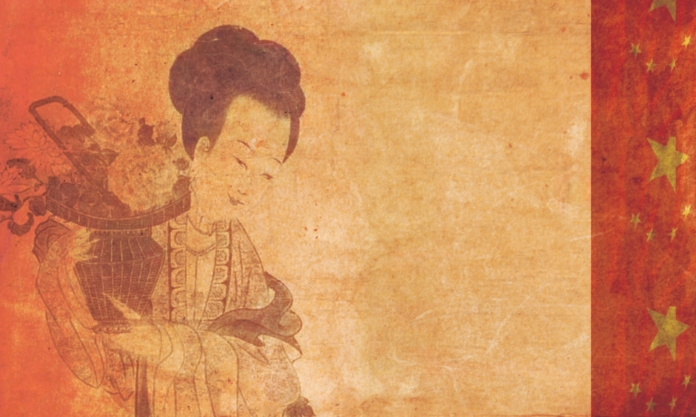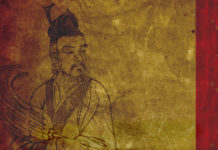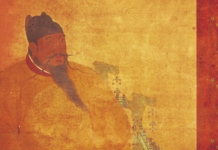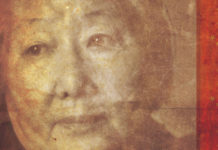Ma Shouzhen (馬守真) was the foremost product of the #MeToo movement of the late Ming Dynasty. A courtesan, party animal and a hopeless romantic, she was known as a prolific painter, a benevolent citizen and one of the eight beauties of Qinhuai.
Born in Nanjing (then Yingtian) in 1548, Ma formerly assumed the position of courtesan aged 15, then took the name, Ma Xianglan (马湘兰); the forename meaning “Xiang Jiang Orchid”, after the river in Hunan Province and her preference for painting orchids.
As her new life began in the entertainment district along the banks of the Qinhuai River, among her circle, there were the elite courtesans; ladies who learned painting, poetry and music as challenges to the era’s gender stereotypes.
As Monica Merlin notes in “The Nanjing Courtesan Ma Shouzhen (1548–1604): Gender, Space and Painting in the Late Ming Pleasure Quarter” (2011), Ming dynasty women of gentry were considered virtuous only by being wives and mothers, while the cultivation of any talent was discouraged. The courtesans, on the other hand, were also visible on the social scene and even invested in property.
Ma had numerous admirers. And she used their many gifts to finance the purchase of a house by the river, which she named the Youlan Pavillion (幽兰馆).
A righteous and open-minded lady, Ma was also generous with her money, helping penniless scholars to take their exams and businessmen in trouble, as well as the old, weak and poor nearby.
Together with her singing, poetry and painting, Ma was also a good talker.
Her voice was said to more of a warble and her expression charming. And with her worldly-wise, life experience, Ma gradually became one of the Qinhuai River’s most popular faces.
Aged 24, Ma formed a close friendship with Wang Zhideng, a talented but poor poet, who, having fallen on hard times, more or less stumbled into Ma’s Youlan Pavillion.
It was a love which was to last for 33 years. One of Ma’s most famous works is of a solitary orchid on a cliff, painted to show Wang she was not a willowing flower on the road or a fickle woman without true feelings.
Towards the end of their time, for Wang’s 70th birthday, Ma raised money to buy a boat and take party goers to Suzhou to celebrate with drink. Of the time enjoyed by all, there was said to be, “Banquets for months; singing and dancing for days”.
Such fast living was to have other repercussions too, for Ma’s paintings. According to Tseng Yuho in “Women Painters of the Ming Dynasty” (1993), many of her art works may have actually just been given away at some of these endless parties.
Ma’s many letters to Wang are now to be found in the collection, “Debutantes’ Letters in Successive Dynasties” (历代名媛书简).
But the fun was to come to an end all too soon, when one afternoon, aged 57 and on a hunch, Ma bathed and dressed carefully, then sat in the living room of her house and ordered her servant to place orchids around her seat. She passed away just a few minutes later.












